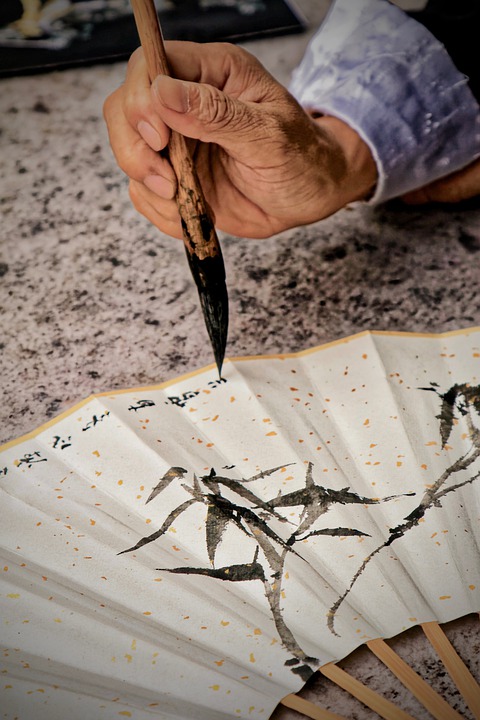Methodology
The interdisciplinary nature of the project implies a combination of methods discussed below, depending if they are linked to the analysis of real-life experiences or literary narratives, or both.
Download Pdf-
Analysis of literary narratives
We start the study by looking at prestigious well-known English speaking authors who have long literary careers, and whose works are translated into Spanish and Catalan (and therefore accessible to the senior participants in the second part of the project): Julian Barnes, Susan Hill, Alice Munro, Alexander McCall Smith, Lorna Crozier and John Banville. We also analyse the works of other authors closer to our socio-cultural reality: Joan Margarit, Pere Rovira, Teresa Pàmies, Maria Barbal and Rosa Fabregat. Their works are extensive enough to make an in-depth analysis of the evolution of their creativity, and at the same time consider their perspective of old age especially highlighting their later works. This study was carried out from the perspective of the literary gerontologists, which includes, according to Anne Wyatt-Brown and Amir Cohen-Shalev, the possibility of interviewing the authors and analysing the biographical material about them.
-
Analysis of real-life stories
In this part of the project which has a more sociological nature, people or groups were selected to study. The students of the senior degree programme at the University of Lleida were considered as potential participants, as well as members of other courses dedicated to creative activities for older people such as local councils or cultural centres. Once the selection was made, the study looks at their life narratives and the relationship between them and their life path, creativity and quality of life. This part involves interviews and real-life stories.
-
Comparative studies of both groups regarding creativity and quality of life, and cultural and social perceptions of old age
This part of the project which is inter-disciplinary was carried out by means of follow-up meetings between members of the specialist teams, and discussion groups to which other external experts were invited, thus sharing the results achieved. The discussion groups are heterogeneous and homogeneous, regarding the different criteria relevant to our study. These groups consisted of a minimum of five people and a maximum of nine, the total number of groups was determined depending on the fieldwork itself.
